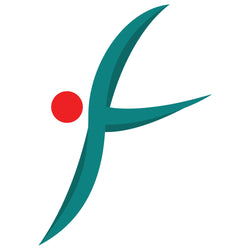IOT based automatic irrigation control system
- 28 Mar, 2022
IOT based automatic controlled irrigation uses sensors in the field to collect or monitor soil information, field information, and crop growth information, and transmit the monitoring data to the head control center, and issue corresponding irrigation management instructions to the field controller (PLC) under the corresponding system software analysis and decision.

Automatic Irrigation control system system components:
The irrigation control system mainly collects data from field sensors.
Field sensors are connected to the field controller (PLC) through a 485 cable or through analog input.
The field controller (PLC) is connected with a LORA node which in turn communicates with the LORA gateway which sends collected data to the monitoring center through 4G / 5G network.
The field controller (PLC) issues command to the designated solenoid valve or to a group of valves to open for watering, or close the solenoid valve to stop watering according to the soil moisture content or other parameters. The soil moisture value is set in the system. When the soil moisture is lower than the set value, the solenoid valve is opened for irrigation, and when the value is reached, the solenoid valve is closed to stop irrigation.
Advantages of automatic irrigation control system :
The automatic irrigation system realizes intelligent irrigation. Different irrigation procedures are set to meet the water requirements of different plants and crops and realizes precise irrigation management. It can automatically close water pumps and solenoid valves on rainy days, and automatically start the irrigation system on sunny days.

